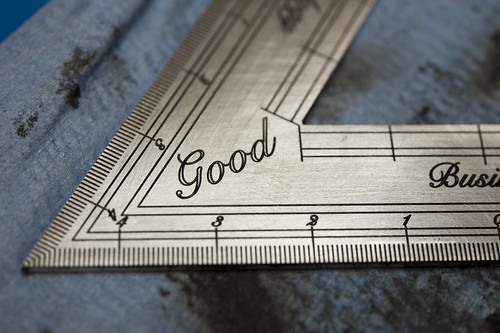
Everybody needs Money. That’s why they call it Money.
(From “Heist” by David Mamet. Danny DeVito playing Mickey Bergman.)
In the Laboratory’s Bureau of Instrumentation, Weights-and-Measures and Ways-and-Means, we’ve been curious for a time, and more so recently, about the history of quantification and, as well, why numbers as such have a kind of primacy over other things that are more qualitative. Most specifically, why do we measure the things we measure, and why do some things get to be measured while other things do not get measured, or are seen as immeasurable?
This question is a thorough-going one in the effort to find other measures that can be prioritized, perhaps even more so than the things we consider without even thinking about where these “natural” (they never are..) measures come from. For example, we measure things designed based on such things as their monetary cost, and how much profit can be obtained. With this measure, to simplify things, many principles that would be invested in a design get tossed out. The accountant or the engineer would sooner shrug in such a circumstance — this is the way it should be. I want to consider the “natural” way of such things, and consider how other sorts of measures can be prioritized that are not necessarily about money first, but always first about creating more habitable future worlds. What are the other measures of things that maybe previously have been thought of as “immeasurable” or incapable of being quantified? Thus, this interest in how things got to be the way they are. What are the measures of quantities and where did they come from? How could they be different? What things can be designed/made/prototyped the experiment with other measures?
There must be a variety of histories here, skirting up against the science of calculation and computation and close to the Laboratory’s interests in the history of things, such as sciences, design, technology and always deeply imbricated and layered and inextricably tied to all of these things — the histories of cultures.
Where to start?
Our Studio Library Day reading book last month was Alfred W. Crosby’s intriguing “The Measure of Reality: Quantification in Western Europe, 1250-1600” which I’m happy Manuel Lima mentioned at his talk during SHiFT 2008 in Lisbon. It took a holiday to actually finish the book, which lead me in a zillion other vectors and converged in a recent interest in the meaning and technology of money. It now takes me early mornings when fresh and not muddle-headed to re-read it for the over-arcing traces of Crosby’s perspective.
I’ll have my overdue book report on “The Measure of Reality”, but first a short trek down the footnote rabbit hole to Joel Kaye‘s essay “The impact of money on the development of fourteenth-century scientific thought” found in the Journal of Medieval History 14(1988), p. 251-270. (Wonderful these academic essays tucked away in journals nearly impossible for anyone except academics to get a hold of, truly. Sadly, the availability of this essay is quite limited unless you have an “in” at a university or such, or a particularly flush public library system somewhere. So much for the academician’s edict to create and circulate knowledge.)
*Sigh*
No matter. Onward…